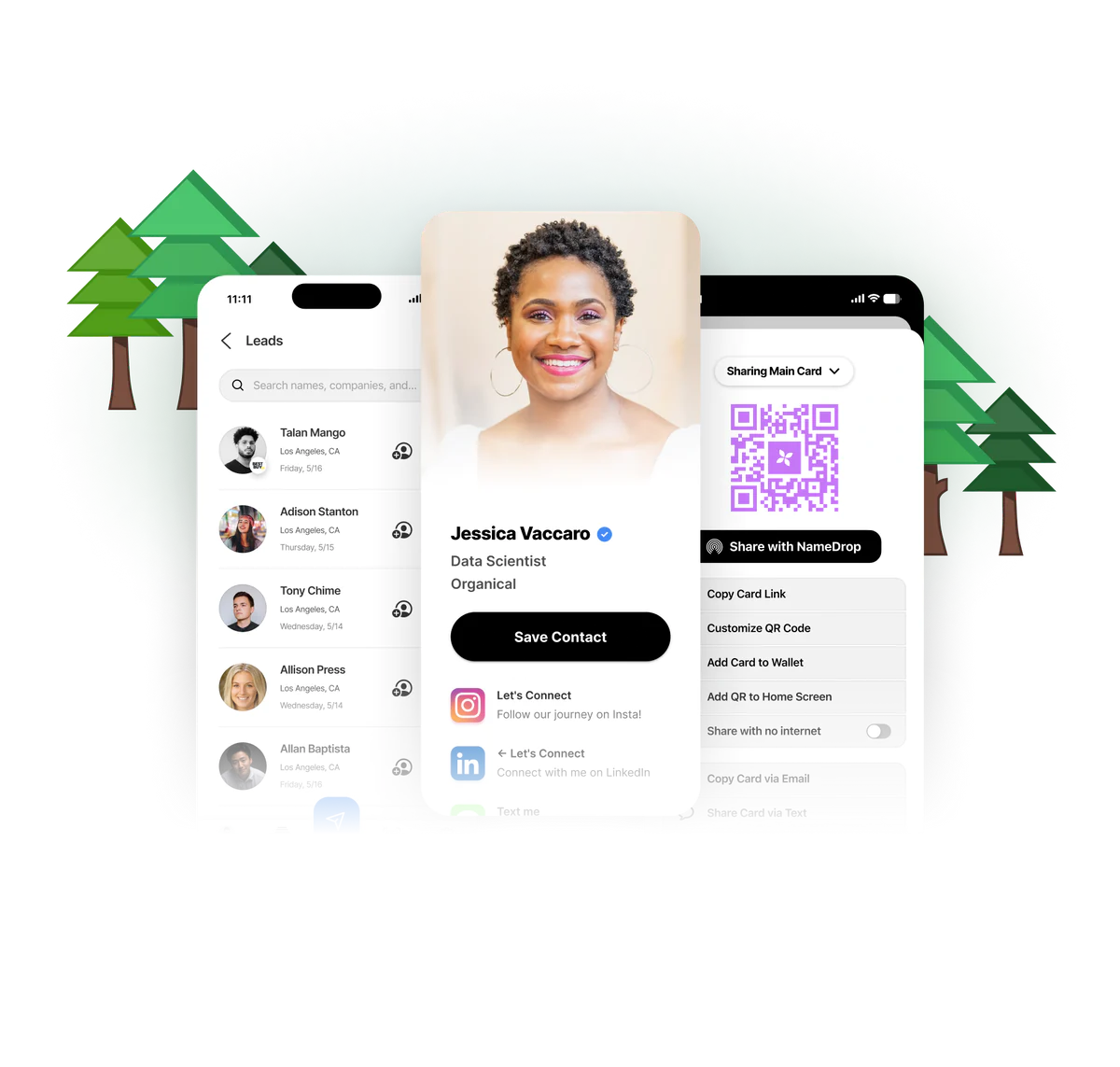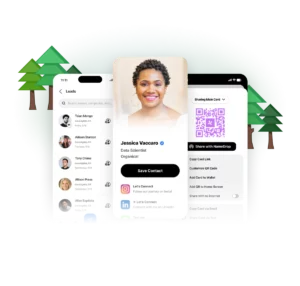The Rise of Worldwide Virtual Malls: Navigating the Global Marketplace from the Comfort of Home
Introduction:
In an era characterized by digital interconnectedness, the concept of shopping has transcended the boundaries of physical storefronts. Enter the age of worldwide virtual malls, where consumers can explore, purchase, and engage with a global marketplace without leaving the comfort of their homes. This innovative approach to retailing is revolutionizing the way we shop, connecting individuals to a diverse array of products and experiences from every corner of the globe.
The Evolution of Shopping:
Traditional malls were once the go-to destinations for a diverse shopping experience. However, with the advent of the internet, shopping has evolved into a digital experience that knows no geographical limits. Worldwide virtual malls represent the next step in this evolution, providing a vast and accessible marketplace for consumers around the globe.
Endless Aisles, Boundless Choices:
One of the primary advantages of worldwide virtual malls is the virtually unlimited inventory. Shoppers can explore a vast array of products, ranging from fashion and electronics to home goods and beyond. The virtual environment eliminates physical space constraints, allowing for an expansive selection that caters to diverse tastes and preferences.
Global Accessibility:
Unlike traditional malls that require physical presence, worldwide virtual malls break down geographical barriers. Consumers can access these digital marketplaces from anywhere in the world, opening up opportunities for small businesses and artisans to reach a global audience. This accessibility fosters a sense of global connectivity, allowing shoppers to discover unique and culturally diverse products.
Personalized Shopping Experience:
Advanced algorithms and artificial intelligence contribute to a personalized shopping experience within virtual malls. These technologies analyze user preferences, purchase history, and browsing behavior to recommend products tailored to individual tastes. This level of personalization enhances the overall shopping journey, making it more efficient and enjoyable.
Interactive and Immersive Platforms:
Many worldwide virtual malls go beyond mere product listings, offering interactive and immersive platforms. Virtual reality (VR) and augmented reality (AR) technologies allow users to virtually explore stores, try on products, and even attend virtual events or fashion shows. These features recreate the sensory aspects of traditional shopping, bringing an added layer of engagement to the online experience.
Community and Social Integration:
Virtual malls are not just transactional spaces; they are also hubs for community engagement. Social integration features enable users to share their favorite finds, seek recommendations, and connect with like-minded shoppers. This sense of community fosters a dynamic and interactive shopping environment, replicating the social aspects of traditional retail.
Environmental Impact:
The shift towards worldwide virtual malls aligns with a growing awareness of environmental sustainability. By reducing the need for physical infrastructure, transportation, and excessive packaging, virtual malls contribute to a more eco-friendly approach to retail.
Conclusion:
Worldwide virtual malls represent a paradigm shift in the way we approach shopping, transcending physical limitations and embracing the boundless possibilities of the digital age. As technology continues to advance, these virtual marketplaces will likely become even more immersive, interactive, and essential components of the global retail landscape. Whether you seek unique products from distant cultures or the convenience of personalized recommendations, worldwide virtual malls offer a glimpse into the future of a truly interconnected and borderless shopping experience.

















